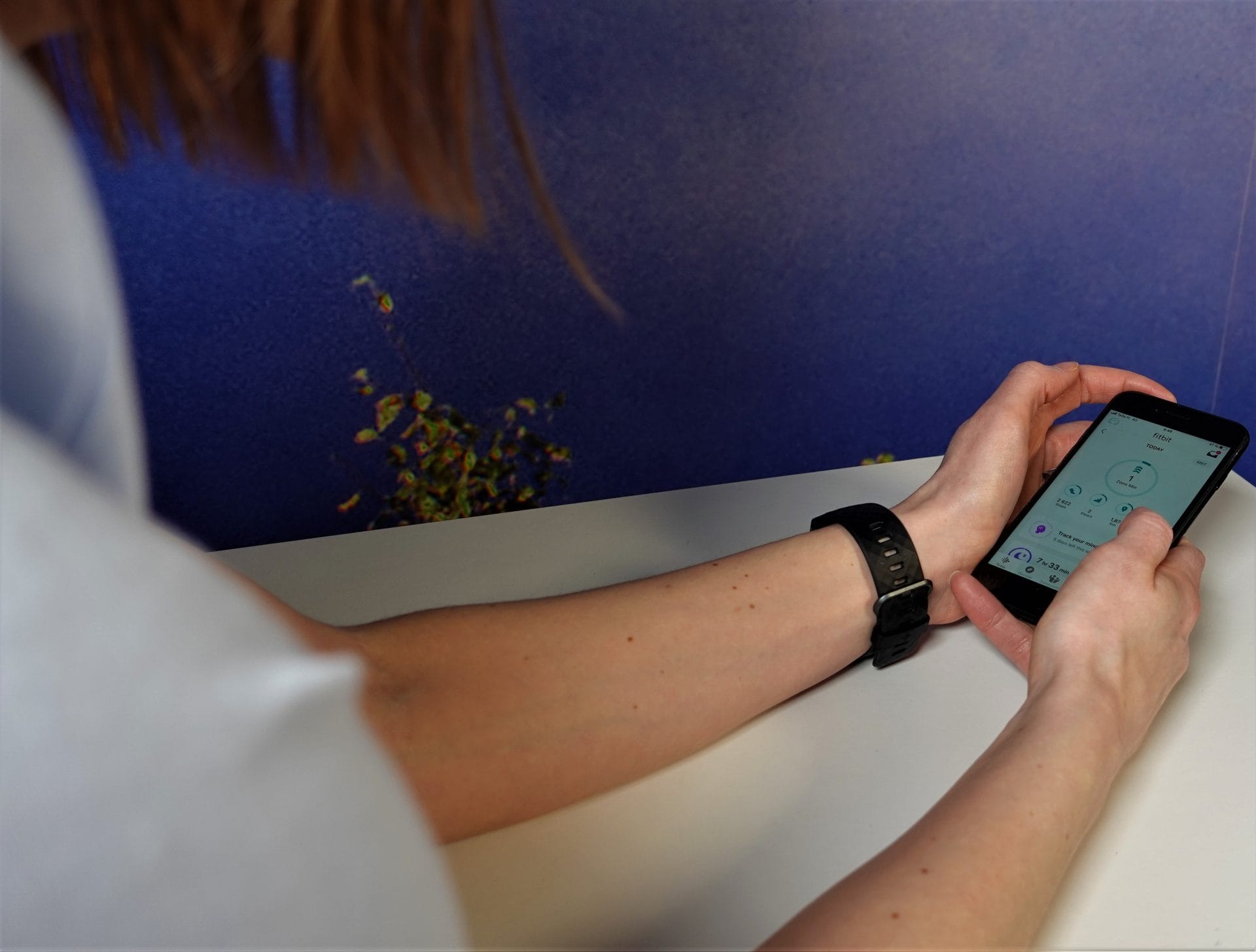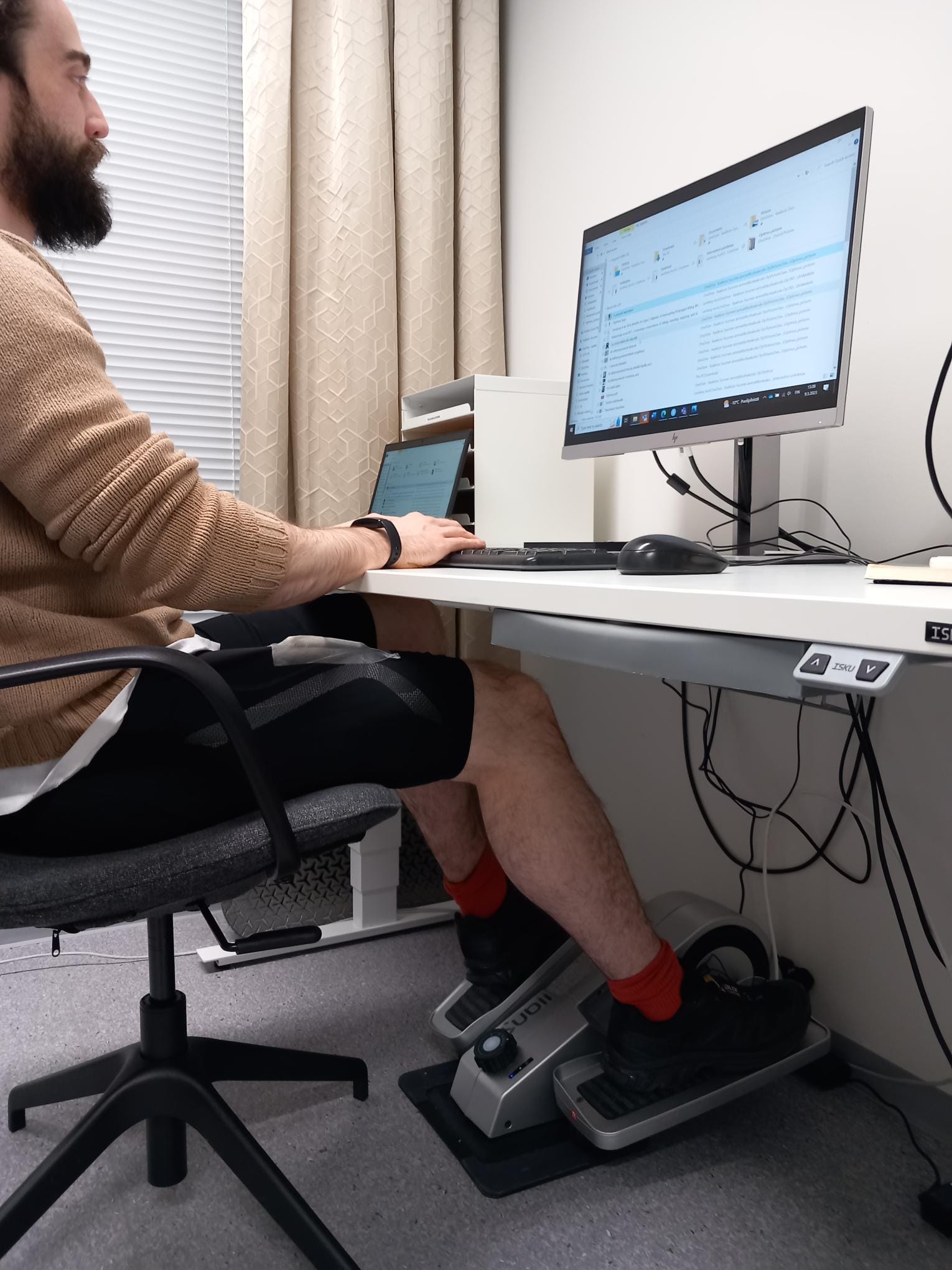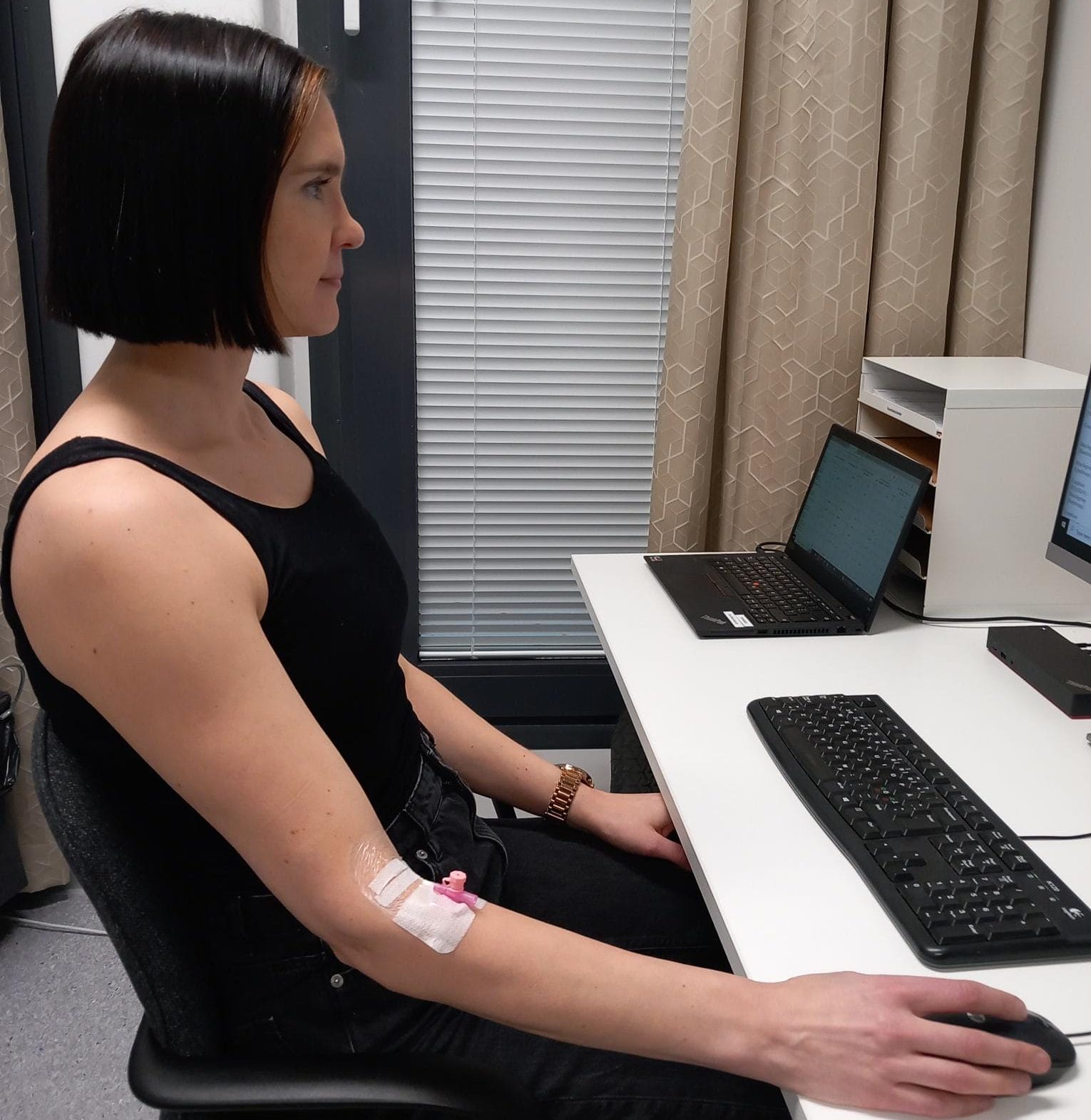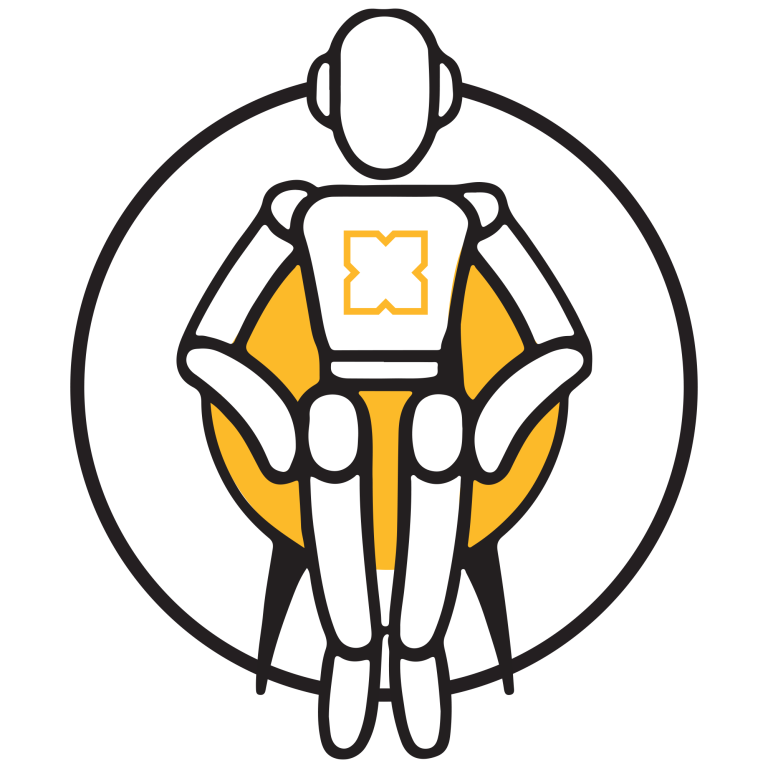


The Optimus study
The Optimus study investigates how increasing muscle activity affects the glycemic control of people with type 2 diabetes and how long these effects last in everyday life.
The study is carried out at Xamk’ s research unit Active Life Lab, in Saimaa Stadiumi.
Why is this study important?
Research studies conducted in laboratories and workplaces have shown that regularly interrupting the time people spend sitting brings health benefits. This is especially important for people with type 2 diabetes. A few minutes of upright activity such as walking or doing simple resistance exercises can have significant benefits, especially for blood sugar control.
It seems likely that the activity of large muscle groups in the upper legs and buttocks is important for these benefits, but this has not been examined specifically. This type of study is possible now by using unique electromyographic shorts developed in Finland.
Our research team aims to assess the electrical characteristics related to different muscle activity patterns as interruptions to prolonged sitting time.
Suvi Lamberg
These activity patterns include under-desk pedalling, more standing time, or sit-to-stand transitions. The findings will be important for understanding which simple activities would be most beneficial for overweight adults with type 2 diabetes.
What does this study involve?
The Optimus study includes a baseline measurement day of approximately two to three hours and four experimental days in the laboratory lasting about seven hours. These days take place every three to seven days. The schedule is flexible and can be agreed on with each participant.
During this study we measure for example muscle activity of the lower extremity, physical activity and blood values at different intervals. During the laboratory days we take blood samples every 30 minutes from the elbow vein using a cannula. The aim is to investigate how interrupting sitting with three activity break strategies differs from a prolonged sitting in terms of glycaemic control, muscle activity and cardiometabolic health.
How do participants benefit?
Participants receive an activity bracelet and a under-desk pedalling machine. They also get a lot of important information about their own health, for example about glucose values and body composition. To participate in our study, the participant must:
- be at least 35 years old.
- have type 2 diabetes.
- sit for more than seven hours on a typical weekday.
- live in Mikkeli or nearby areas.
The goal is to find people who do not exercise regularly because increasing activity is especially important for them.


Ethics approval
Approved 17/03/2021 by the Research Ethics Committee of the Northern Savo Hospital District (Kuopio University Hospital)
The Optimus study design is unique in Finland. Our goal is to find 26 participants with type 2 diabetes. Measurements will be made for about a year between years 2023 and 2024.
Suvi Lamberg
Facts
OPTIMUS: The Optimus study
Info
Budget
Project partners










